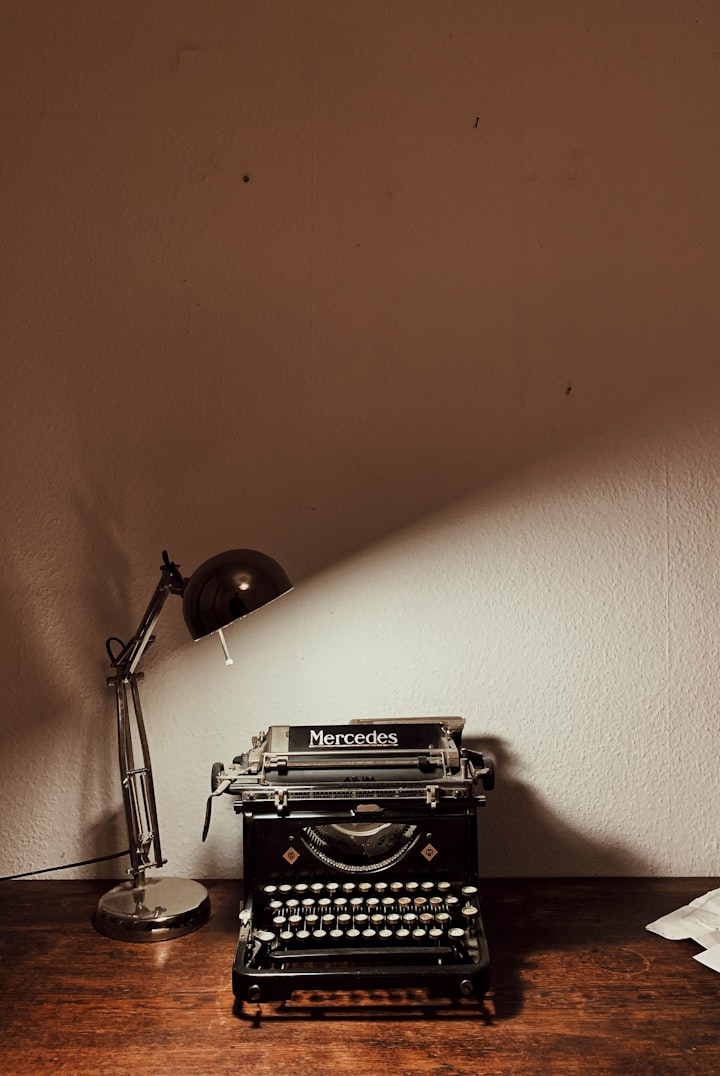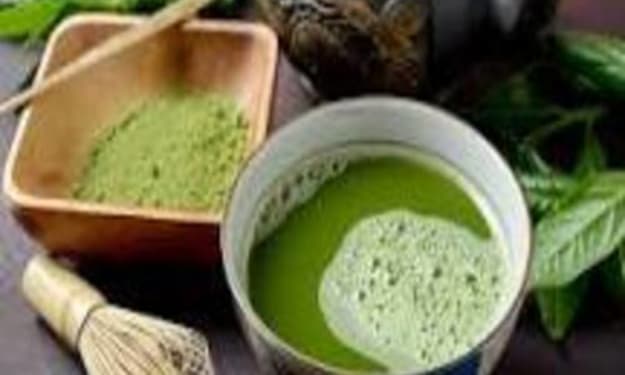Authors, You are Using Instagram Wrong
Tips and tricks for word artists to make the most of a visual platform

Over the past couple of years, I have been learning the ins and outs of using Instagram as an author. I have sat in on a couple of seminars, engaged in a couple of “bootcamps” on the subject, and read various writer blogs on the subject and as a result, I have put together a few pointers that have served me decently.
I feel like I should preface by saying, I don’t consider myself an expert. I am always learning, always studying, always trying to figure out the best way to navigate the platform. Because the platform is always changing. What works today may not work a month from today. It’s a living thing and it takes consistent work to stay on top of what’s working.
That said, let’s look at a few of the things I have figured out that are (mostly) consistent across the board.
First, stay on topic. Because I started out talking about Instagram for authors, “on topic” means authorly things. Talk about your writing. Talk about books that are similar to your own. Share photos of your workspace. Share snippets of your work. Share work you have specifically created for Instagram.
That is not to say that potential readers are not going to be interested in your pets or your family. They most likely will be. But, counting on people scanning Instagram in search of cute cats or quick quiches to buy your books is a little more of a gamble. You don’t want the majority of your traffic to come from #CatsOfInstagram if you are trying to market a vampire romance or a cozy mystery. Try to keep the majority of your posts to writing topics.
Second, post consistently. This is probably the hardest of all the tips I have come across but also one of the most important, in my opinion. A lot of people suggest that the best way to build an organic audience is by posting at least 4-5 times per week. I won’t lie, that gets to be A LOT and quickly.
One way to stay consistent is to pick a hashtag for each day (more about hashtags in a moment). I recommend tailoring those to your writing as well. I also recommend using popular hashtags when doing this. Things like #MotivationMonday, #TeaserTuesday, #ThirstyThursday work well for writers. This gives you somewhere to start when creating your content.
Another way to remain consistent is through a scheduler. I, personally, use the Creator Studio through Facebook because I don’t schedule for Twitter, but others use Hootsuite, Buffer, Tailwind. There are plenty to choose from, you just have to search through and figure out which works best for you. There are a few benefits to scheduling posts ahead of time. The biggest is you aren’t scrambling at the last minute to get posts up. Another is creating an overall aesthetic with your Instagram feed.
Your author aesthetic, or brand, is potentially more important on Instagram than on any other platform. Because the meat and potatoes of Instagram is the visual story. But your visual story is not limited just to your individual posts. You are also looking for a profile page that looks like it belongs to a writer. Pictures of books, notebooks, writing utensils, typewriters, laptops, anything that visually suggests to visitors that you are a writer. Your colors are important too. If you are a horror writer, you may lean toward shades of grey with pops of deep red and creamy whites. If you are a contemporary romance author, look for soft colors—dusty rose, denim blue, beige—and soft fabrics—fleece, cotton—to stage your photos. If you are using stock photos, the same goes for them.
From there, scheduling helps you to create a visual story. Visit other authors’ pages in your genre to see how they are laying things out.
The next most important thing when figuring out how to navigate Instagram as a writer is your hashtags. First and foremost, only use relevant hashtags on your posts. Don’t use trending tags that don’t match your content. And shake them up a little. Don’t copy and paste the same set of hashtags onto every post.
Do, however, use several varieties of the same hashtag. Consider how you would search for your content. Then think from a writer’s point of view and how there are multiple ways to say the same thing. You’ve even done it in your research. Google didn’t give you the right answer so you mixed up your search terms. The same is true for hashtags. If you use #WritersOfInstagram, also use #AuthorsOfInstagram. Change of to on and you’ve got two more. You’re allowed thirty hashtags, make the most of them. I see so many frustrated authors with 1-200 followers getting 5-6 likes on every post and it’s (partly) because they only use two or three hashtags. Use them with reckless abandon (while also remembering not to get yourself shadow-banned* for misusing the wrong tags). Use ALL THE HASHTAGS!
And last, your captions. You are a writer, after all. Words are your bread and butter. Images may not be. So while you need good images to get noticed, you need good words to keep their attention. Don’t post any photo on Instagram (as a writer) and just slap a handful of hashtags on it. You are a writer and that is what you want people to see. This is where your hook skills come in handy. When people are scrolling their feed, they see about eight to ten words of your caption. You need to hook them, IMMEDIATELY. Draw them in with a question or a shocking statement, make them want to click “See more.” Then use the rest of your available characters (sans hashtags) to tell a story. Keep it in your true voice, let them know what kind of writer you are.
As I have been writing this, I have seen my tips snowball—and this is only four, and a half if you consider aesthetic a separate bullet point—to a point I think we would all benefit from a part two. Circle back to find out all about follow loops, pods, and getting the right kinds of followers. And if you found this interesting, check out my Patreon for even more content.
* Shadow-banned is when you’re still active and able to post, people can still find you if they look, but you don’t show up on your followers feeds. This typically happens for a couple of reasons. One, you have fallen into a pod (which is another discussion altogether). Two, you are using hashtags improperly. Don’t hop on the #NASCAR tag on Memorial Day Weekend if you’re writing cozy mysteries (unless you are actually posting about NASCAR, then it’s fine).
About the Creator
D. Gabrielle Jensen
Author of the Fia Drake Soul Hunter trilogy
Search writerdgabrielle on TikTok, Instagram, and Patreon
I love coffee, conversation, cities, and cats, music, urban decay, macro photography, and humans.






Comments
There are no comments for this story
Be the first to respond and start the conversation.